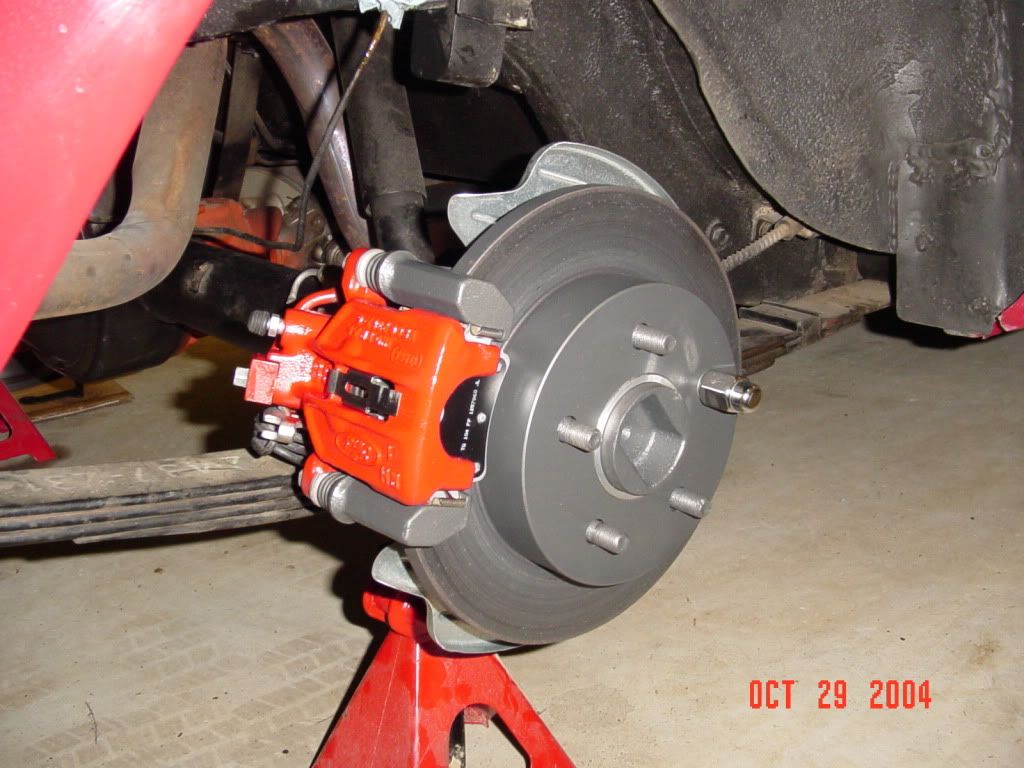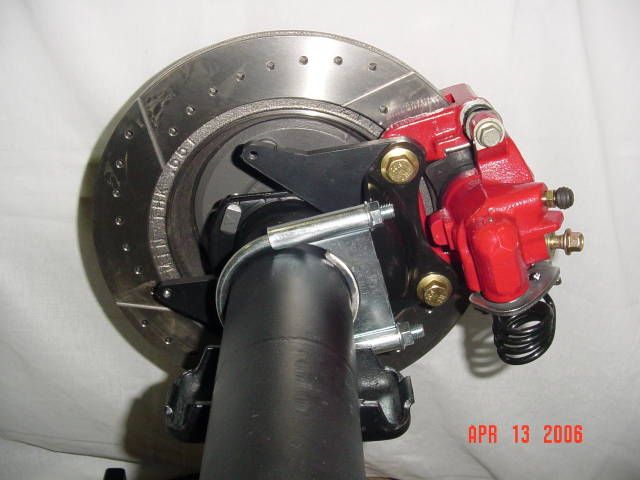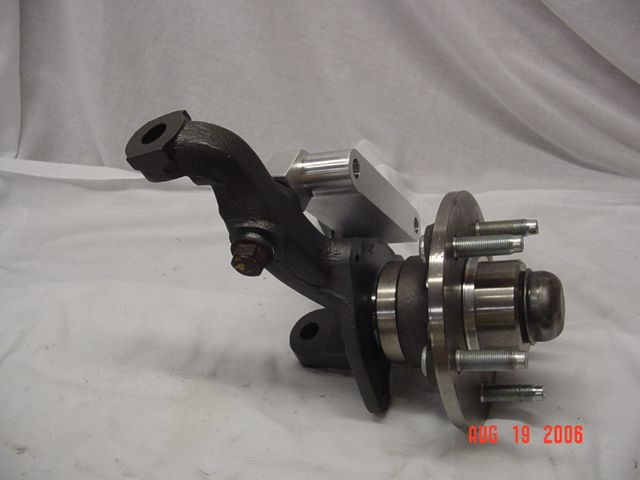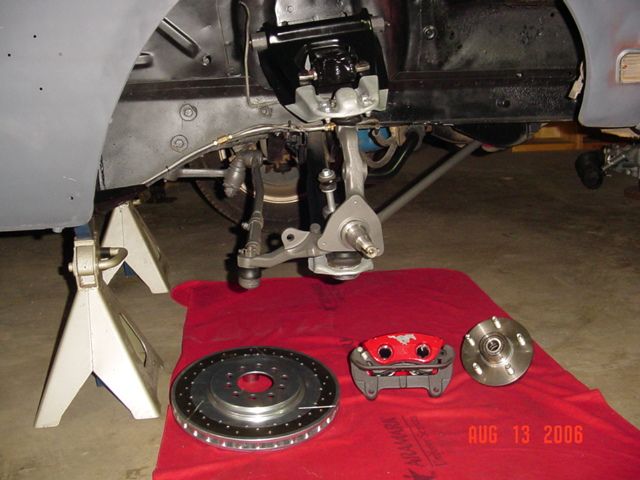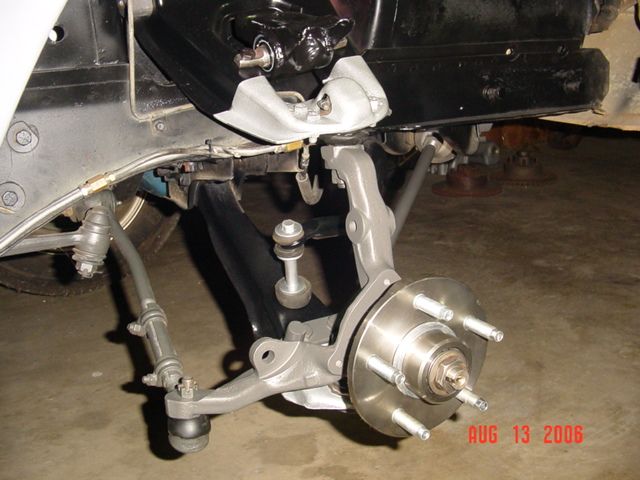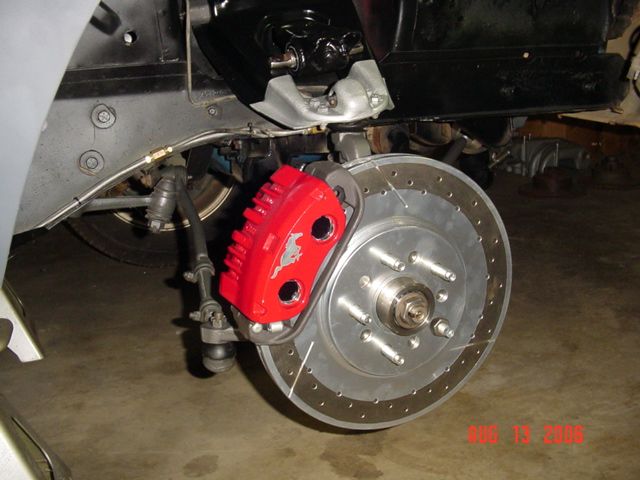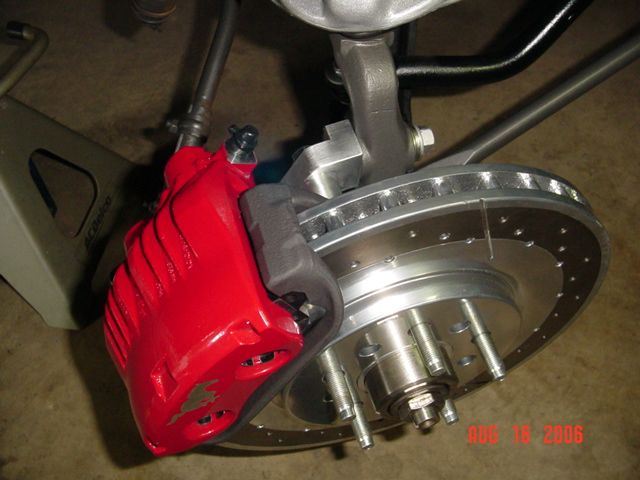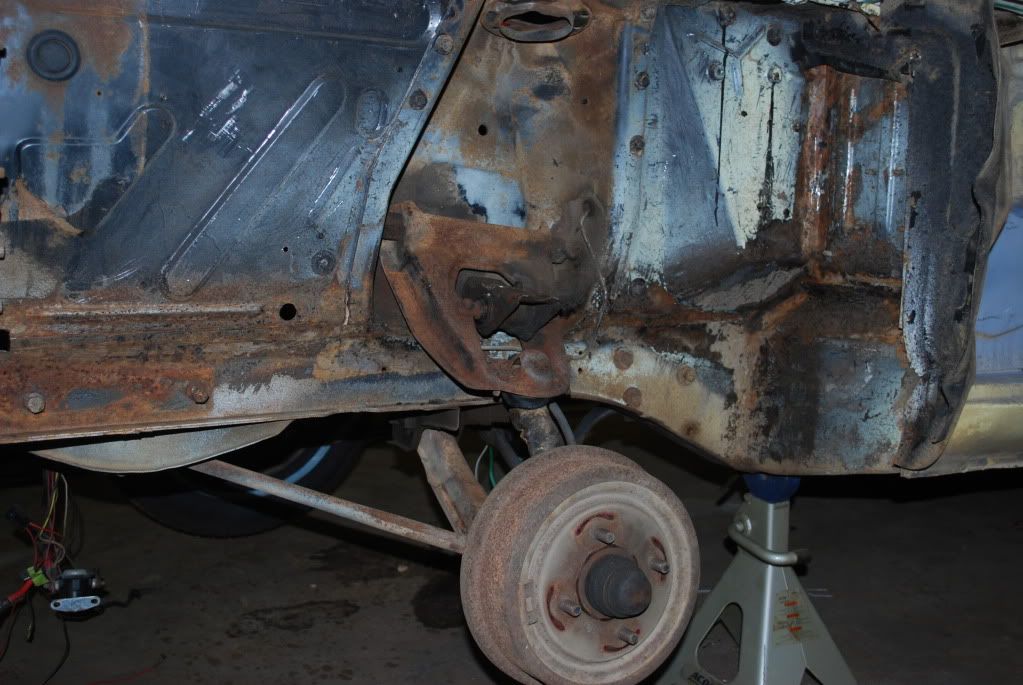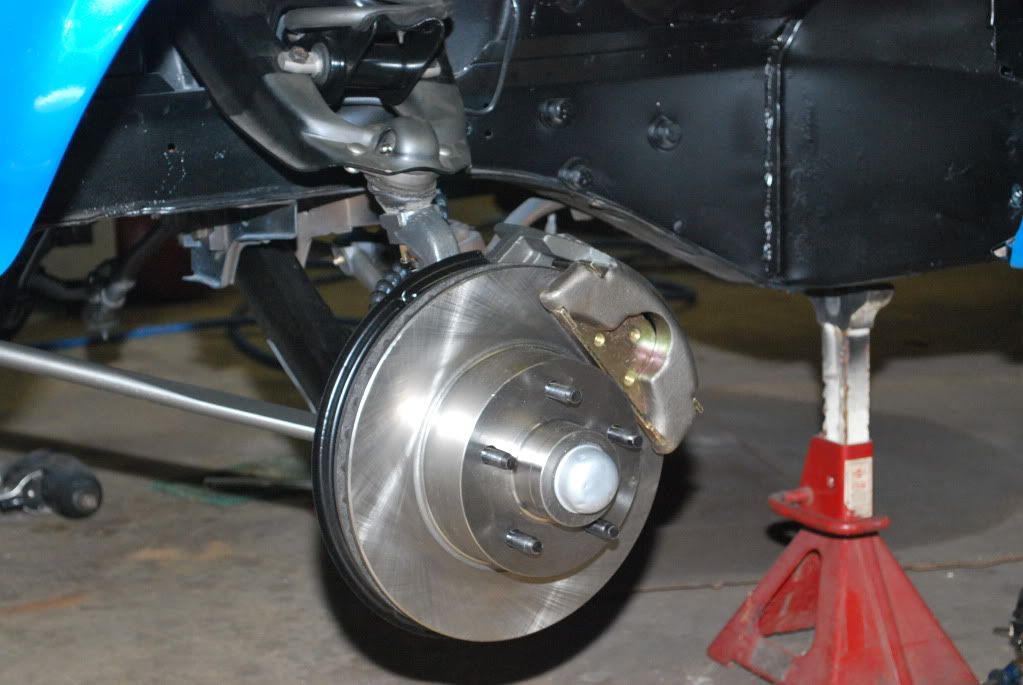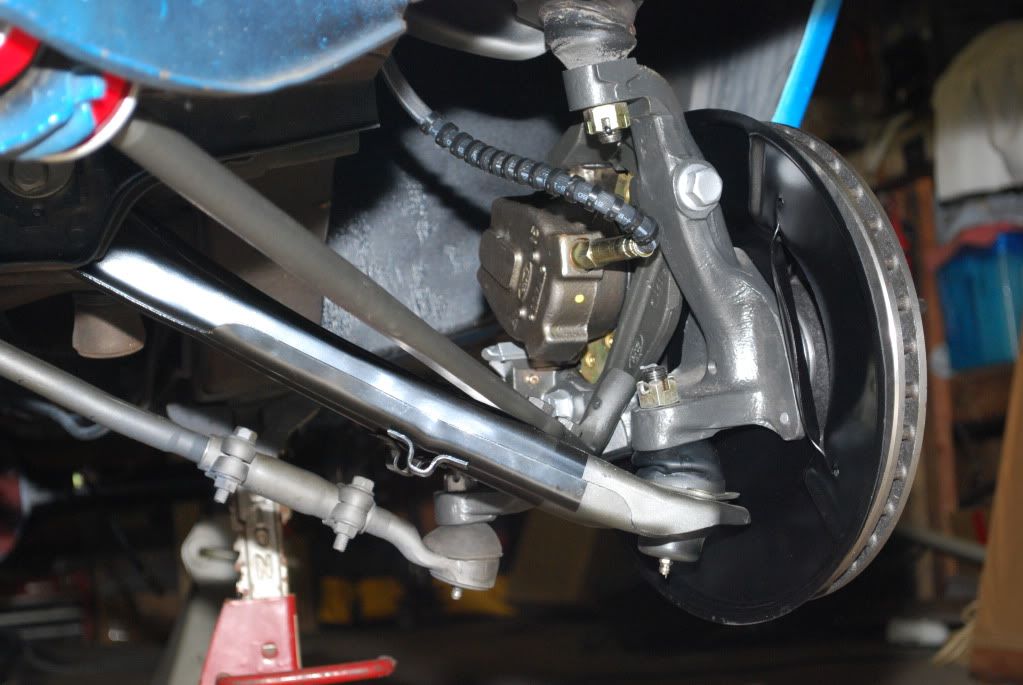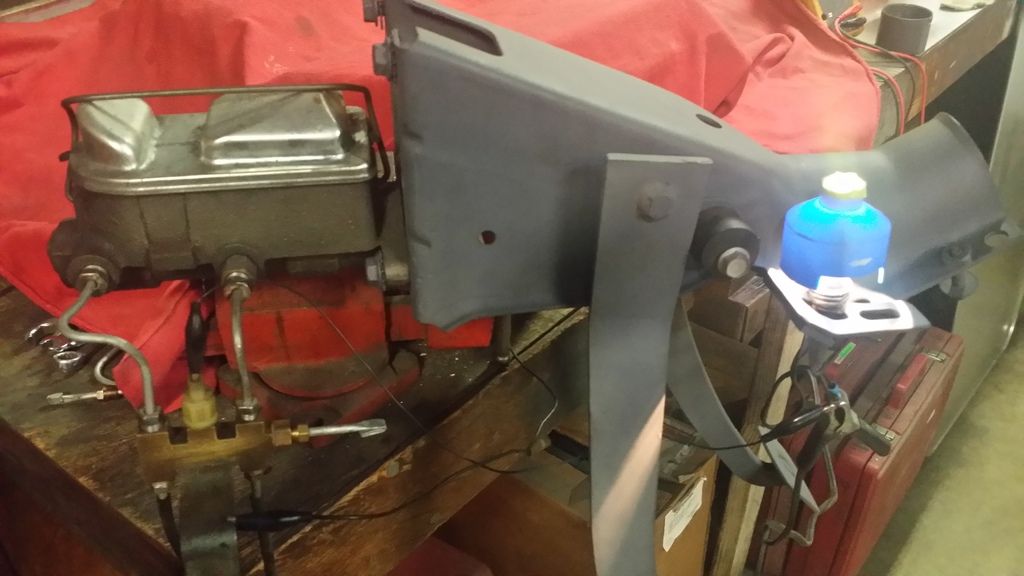The differential valve appears to me to only turn on the "brake warning light" if there is a loss of pressure on one side of the brake system. I initially thought due to the comments of others that it also limited brake pressure to one side as well, in effect "closing off" the low pressure side.
Interesting information is here: http://forums.vintage-mustang.com/vinta ... lve-2.html
Notably "switch OFF"
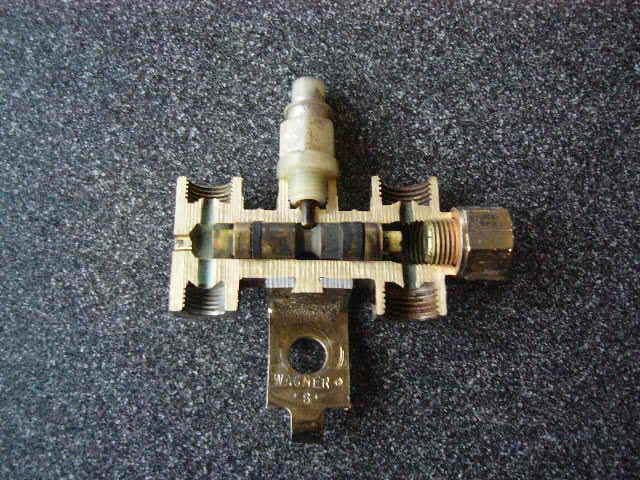
and "switch ON"
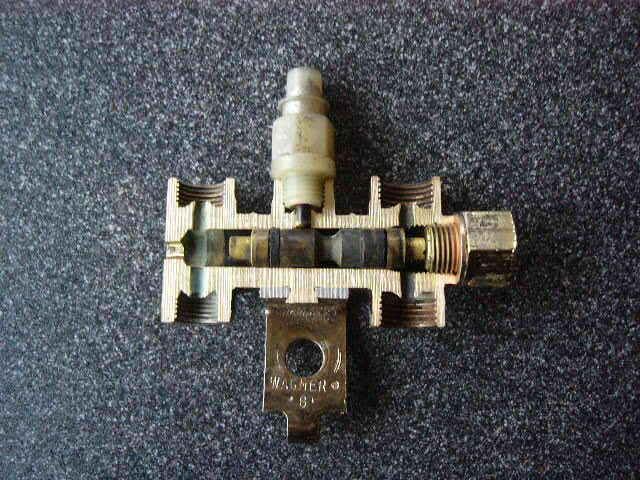
(Posted by PHW over at Vintage Mustang)
Basically, someone cross-sectioned one of the valves and showed how its only purpose is to light the indicator light.
If you look at the diagrams here:
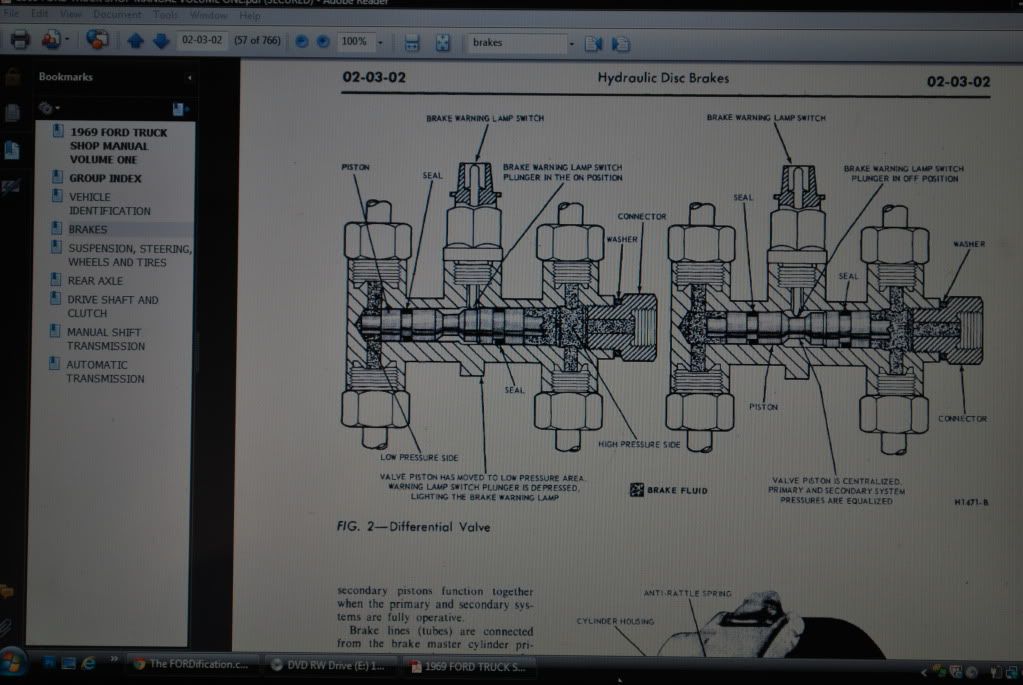
(posted by ultraranger here at FORDification), it shows in the shop manual how the valve operates.
The dual-reservoir master cylinder would the be safety feature in case pressure was lost on one side. One reservoir would drain out while the other remained full. If this differential valve "locked" off one side, it would completely jam the master cylinder by causing infinite pressure on one reservoir when depressing the brakes.
So, lets assume I want to be somewhat unsafe and extremely freaking lazy. If I open the bleeders and find that I can get pressure at all 4 slave cylinders, all 4 of the brakes operate, there is fluid in the master cylinder and the system is properly bled - AND the warning indicator light is still illuminated, the truck is theoretically in a safe operating state. The downside to this is that if I actually end up getting a dangerous brake problem I would be none-the-wiser because my light is always on anyway. I'm not actually going to be this lazy, I am just theorizing.
Thanks in advance for any input.



